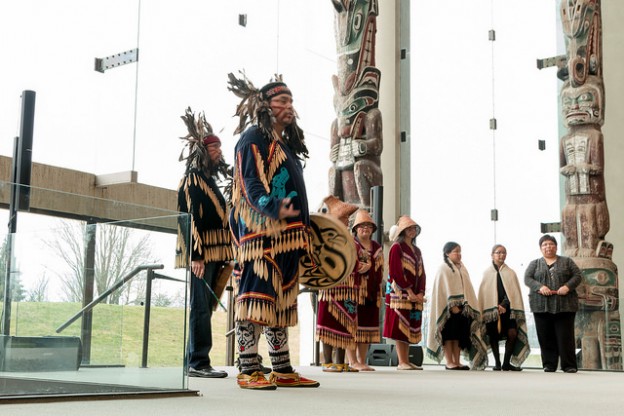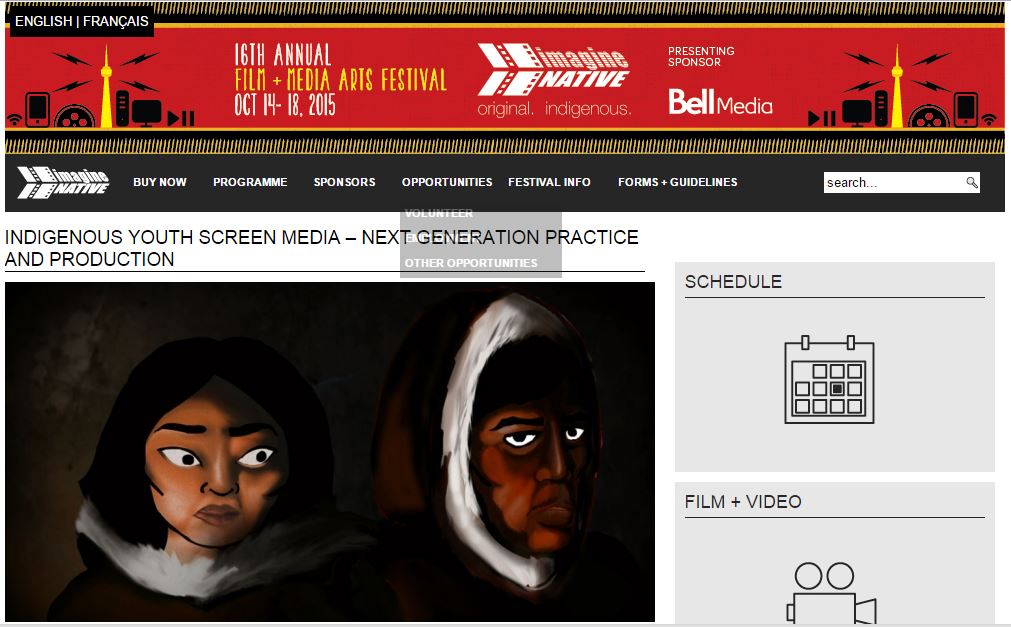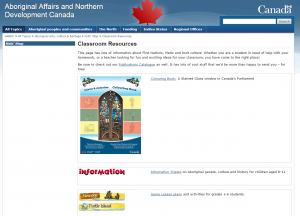Idle No More is an ongoing grassroots protest movement, founded in Canada in December 2012 by four women: three First Nations women and one non-Native ally. The purpose of the movement is to oppose unilateral and colonial legislation, to support empowerment in order to build sovereignty & resurgence of nationhood, and to pressure government & industry to protect the environment. In a short number of years it has become one of the largest Indigenous mass movements in Canadian history, and has become, to some degree, an international indigenous movement.
The movement makes use of the internet through it’s website as well as its social media channels:
Here is a a short documentary about the Idle No More movement




